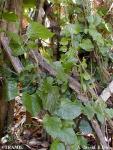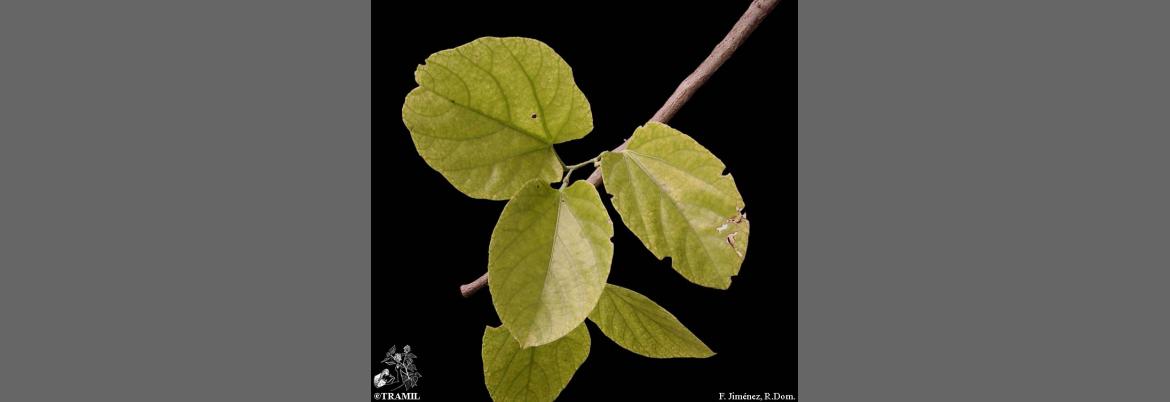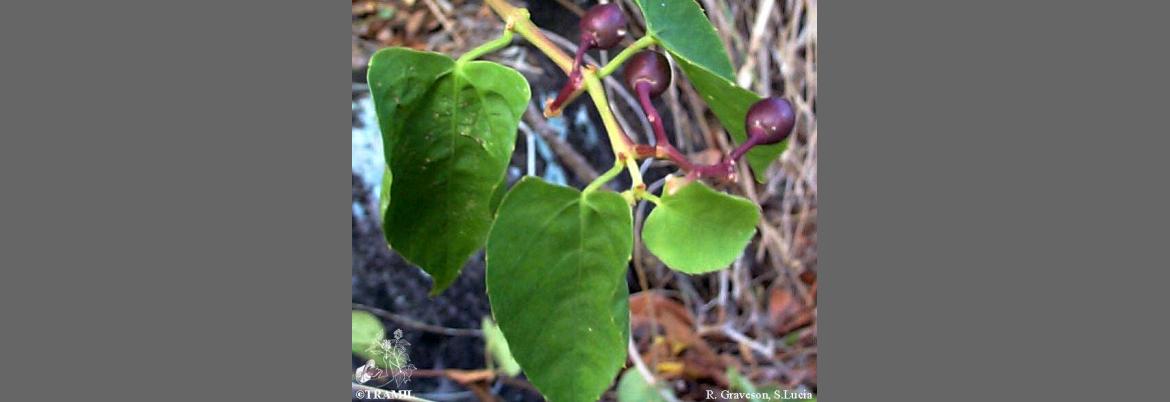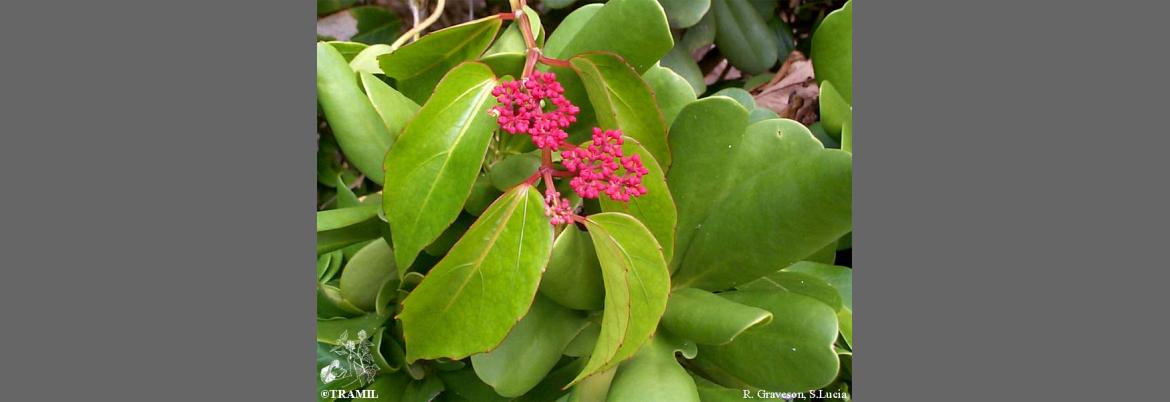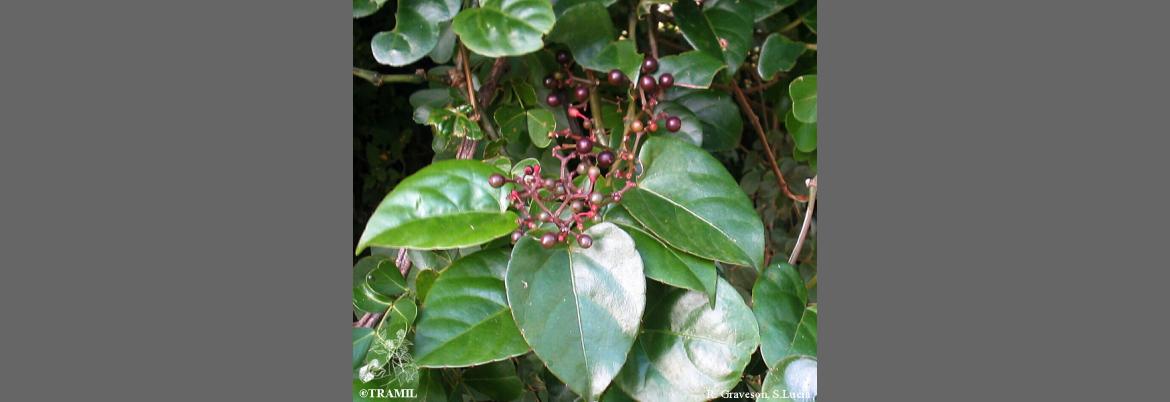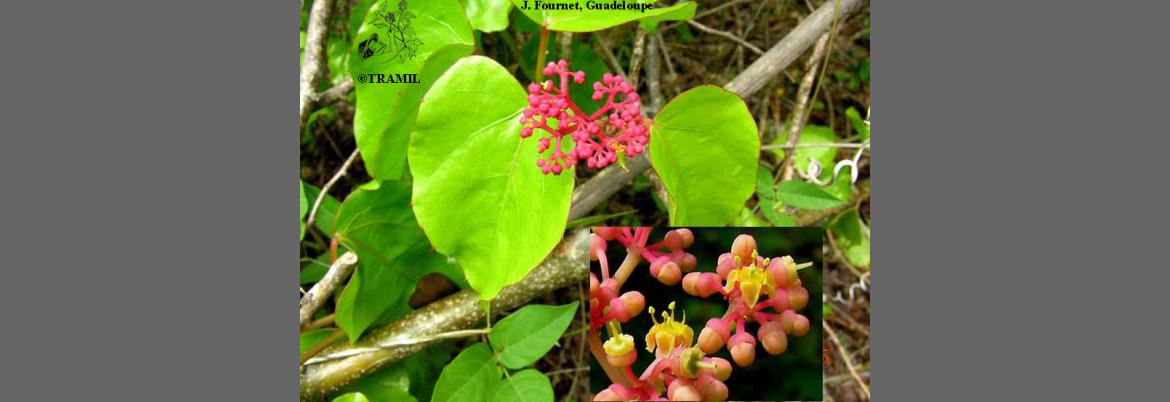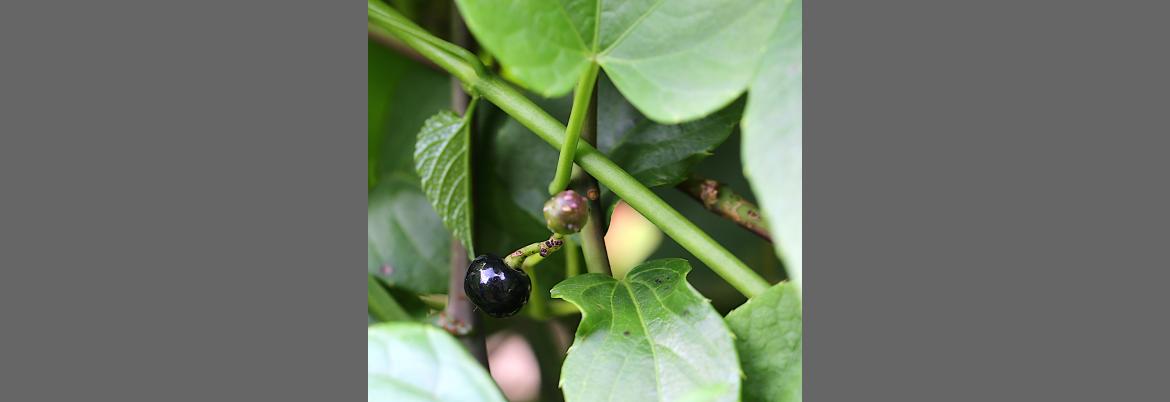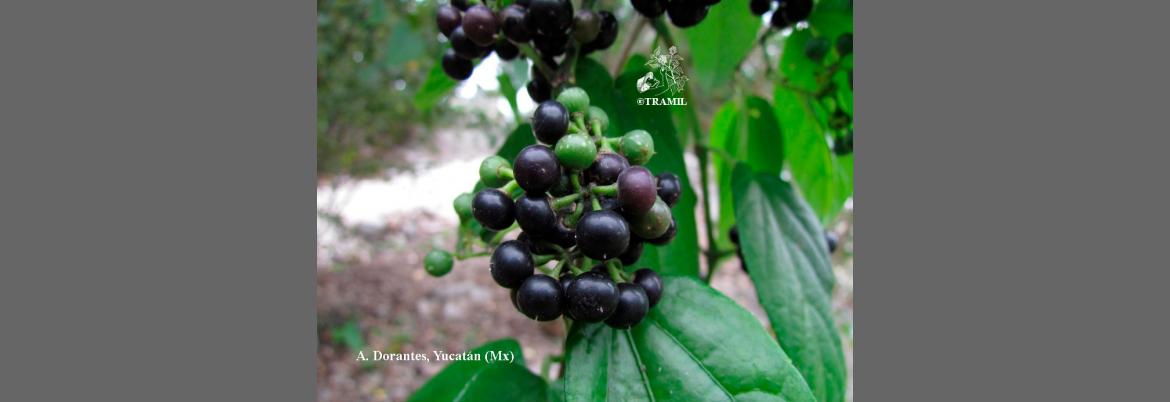1 WENIGER B, ROUZIER M, 1986 Enquête TRAMIL. Service Oecuménique d'Entraide SOE, Port au Prince, Haïti.
2 GERMOSEN-ROBINEAU L, GERONIMO M, AMPARO C, 1984 Encuesta TRAMIL. enda-caribe, Santo Domingo, Rep. Dominicana.
3 WENIGER B, SAVARY H, DAGUIHL R, 1984 Tri phytochimique de plantes de la liste TRAMIL. Laboratoire de chimie des substances naturelles, Faculté de Médecine et de Pharmacie, Université d'Etat d'Haïti, Port au Prince, Haïti.
4 PINEDA M, 1990 Fitoquímica de algunas plantas TRAMIL. Laboratorio enda-caribe, Santo Domingo, Rep. Dominicana.
5 STANDLEY PC, 1937 The flora of Costa Rica, Pt. I. Bot Serv Field Mus Nat Hist 18(391):398.
6 TOLEDO MCF, REYES FGR, IADEROZA M, FRANCIS FJ, DRAETTA IS, 1983 Anthocyanins from anil trepador (Cissus sicyoides Linn.) J Food Sci 48(4):1368-1369.
7 MARTINEZ MJ, LOPEZ M, BOUCOURT E, FUENTES V, MORON F, 2002 Evaluación de la actividad antiestafilocóccica de Cissus verticillata. Informe TRAMIL.Laboratorio Central de Farmacología, Facultad de Ciencias Médicas "Dr. Salvador Allende", La Habana, Cuba.
8 LE GRAND A, WONDERGEM PA, 1986 Activités antimicrobiennes et études bibliographiques de la toxicologie de dix plantes médicinales de la Caraïbe. Rapport TRAMIL. Dép. de Pharmacognosie, Universités de Groningen & Leyden, Hollande.
9 CAMBAR P, 1992 Efecto de los extractos acuosos de Cissus verticillata L. Informe TRAMIL. Unidad de Farmacología, Facultad de Ciencias Médicas, Universidad Nacional de Honduras UNAH, Tegucigalpa, Honduras.
10 GUARDARRAMA I, FRANCO A, ROMERO M, 1992 Estudio preliminar de las propiedades antiserotonínicas del Cissus sicyoides (Bejuco ubí). Informe TRAMIL. Instituto Superior de Ciencias Médicas, Santa Clara, Cuba. TRAMIL VI, Basse Terre, Guadeloupe, UAG/enda-caribe.
11 FENG PC, HAYNES LJ, MAGNUS KE, PLIMMER JR, 1964 Pharmacological screening of some West Indian medicinal plants. J Pharm Pharmacol 16:115-117.
12 JIU J, 1966 A survey of some medicinal plants of Mexico for selected biological activities. Lloydia 29:250-259.
13 GARCIA MD, QUILEZ AM, SAENZ MT, MARTINEZ DOMINGUEZ ME, DE LA PUERTA R, 2000.
Anti-inflammatory activity of Agave intermixta Trel. and Cissus sicyoides L., species used in South Caribbean traditional medicine.
J Ethnopharmacol 71(3): 395-400.
14 MARTINEZ MJ, LOPEZ M, BOUCOURT E, BETANCOURT J, FUENTES V, MORON F, 2002. Irritabilidad dérmica primaria de Cissus verticillata. Informe TRAMIL. Laboratorio Central de Farmacología, Facultad de Ciencias Médicas "Dr. Salvador Allende", La Habana, Cuba.
15 MARTINEZ MJ, LOPEZ M, BOUCOURT E, BETANCOURT J, FUENTES V, MORON F, 2002. Toxicidad aguda tópica de Cissus verticillata. Informe TRAMIL. Laboratorio Central de Farmacología, Facultad de Ciencias Médicas "Dr. Salvador Allende", La Habana, Cuba.
